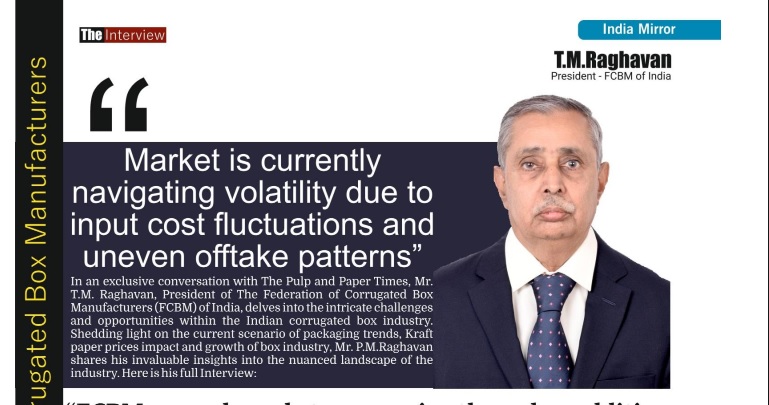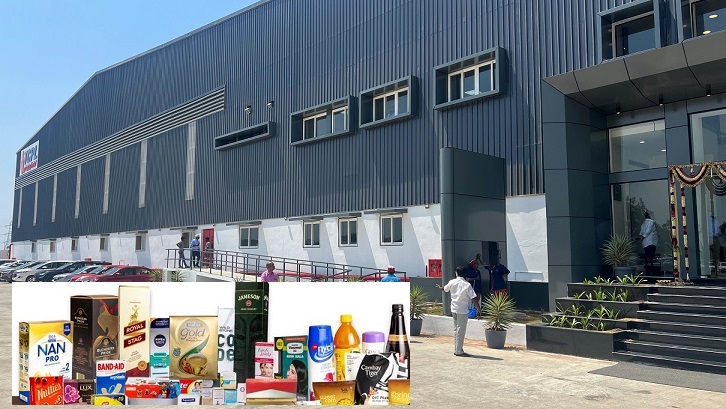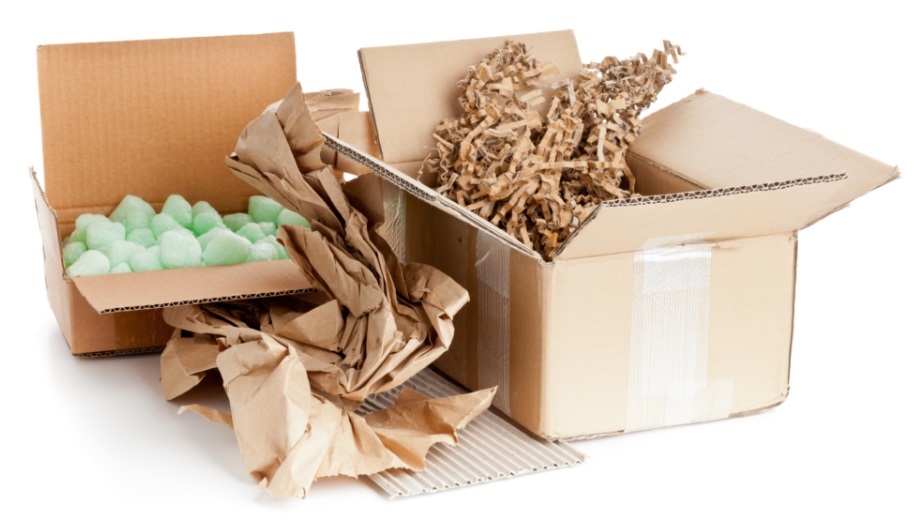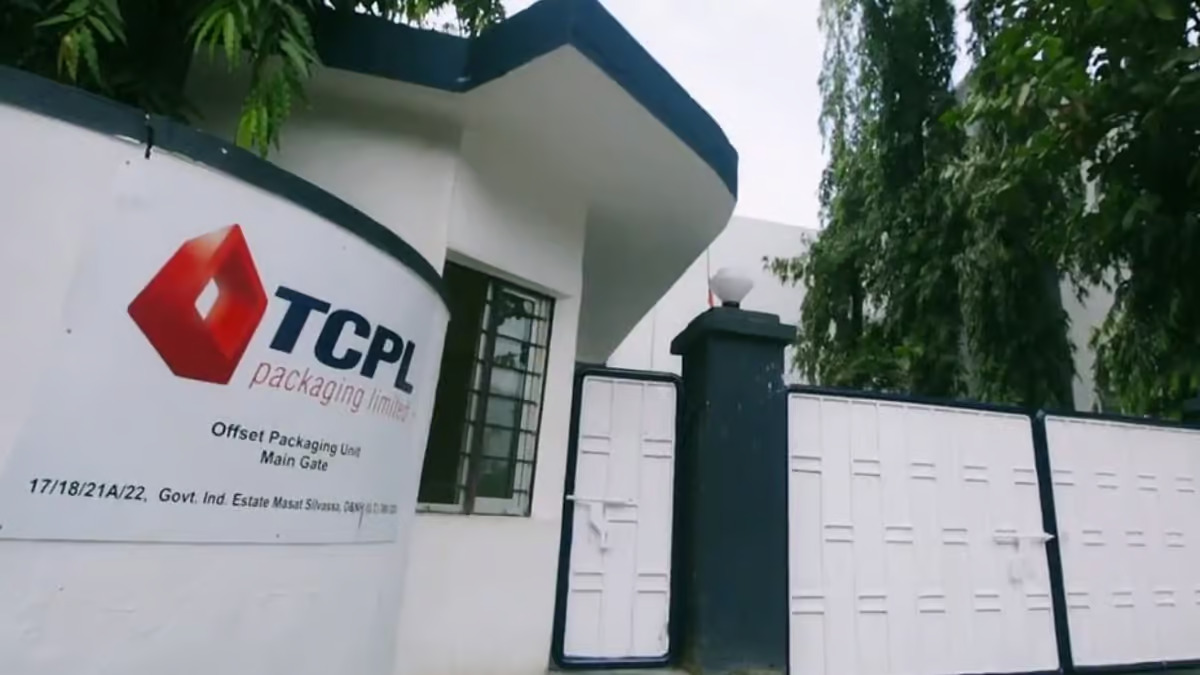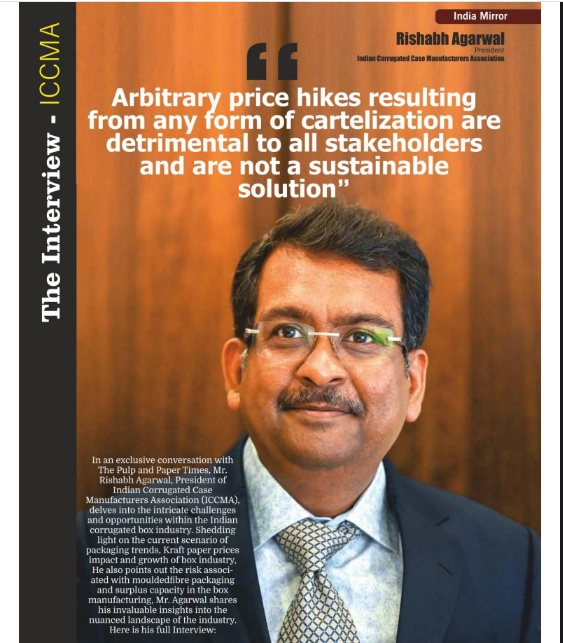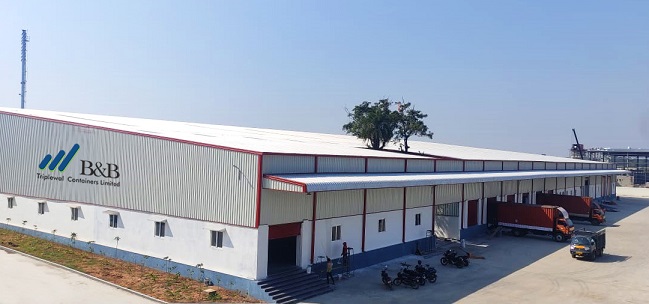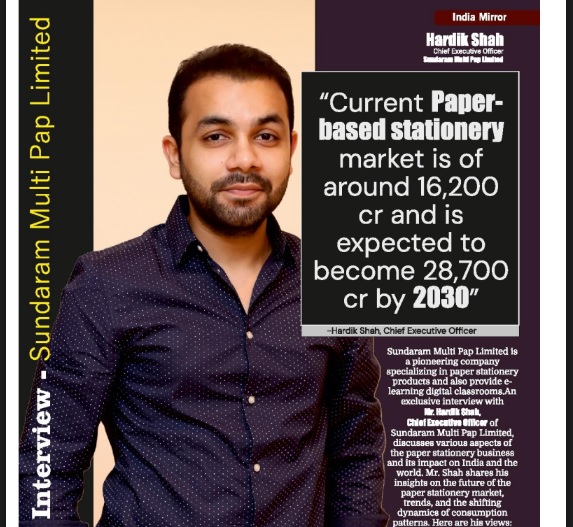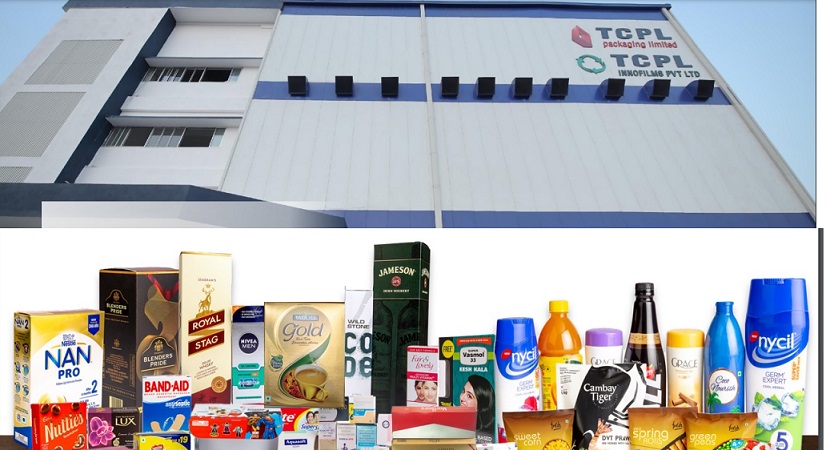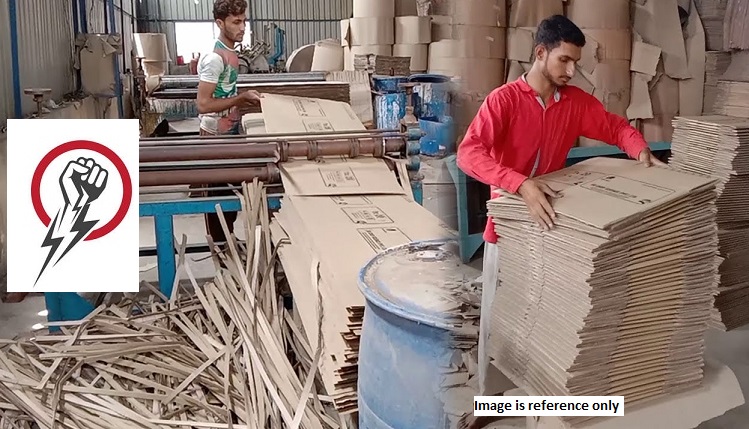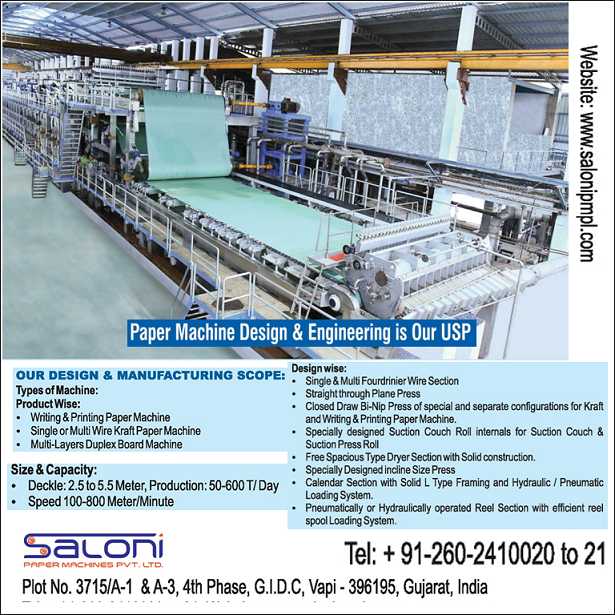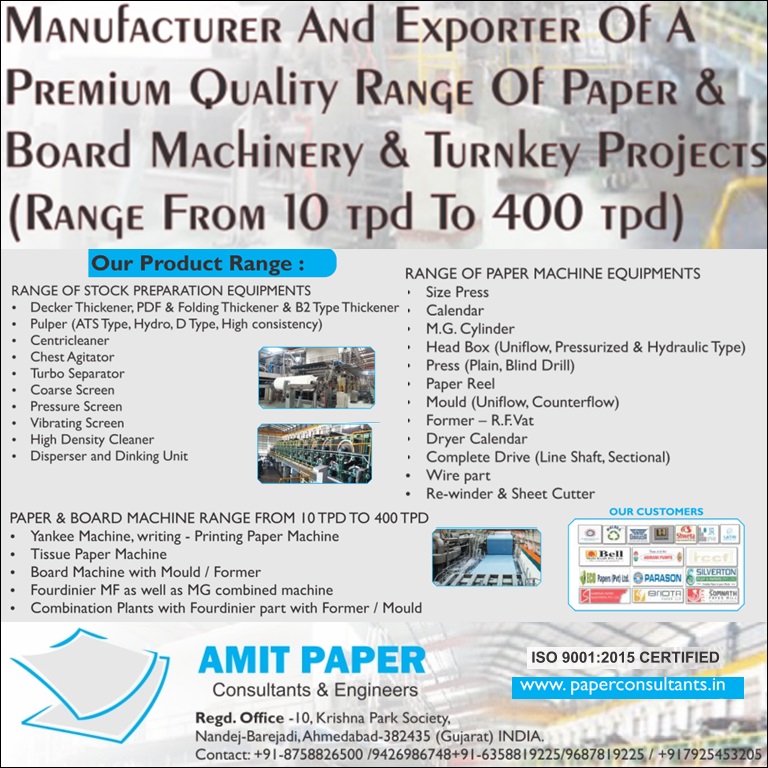From Strong FY25 to Future-Ready: TCPL Focuses on innovation, integration, and global markets; Early monsoon, tax cuts boost consumption hopes
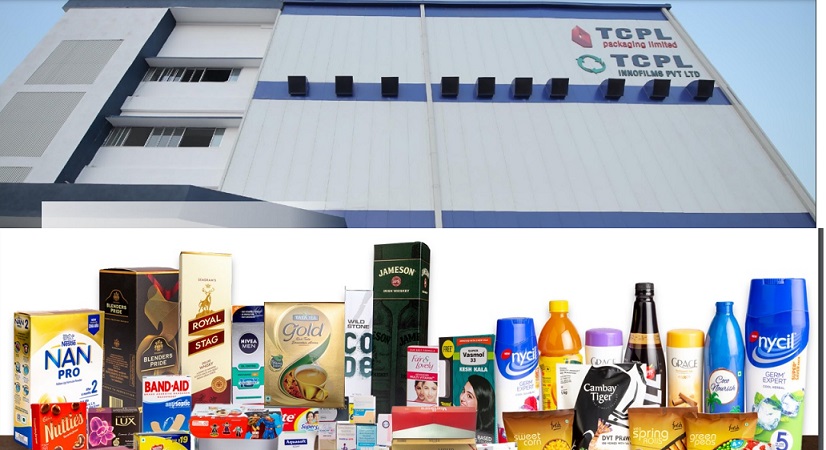
From Strong FY25 to Future-Ready: TCPL Focuses on innovation, integration, and global markets; Early monsoon, tax cuts boost consumption hopes
-TCPL anticipates moderate capex load for the coming year
-TCPL Delivers 15% Revenue Growth in FY25, Charts Path to Carbon Neutrality by 2040
The Pulp and Paper Times
From a full-year perspective, FY25 was a strong year for TCPL, delivered against the backdrop of a subdued domestic demand environment. Both the Paperboard and Flexible Packaging segments outperformed industry growth, and the international business also contributed meaningfully to overall performance. While Q4 was relatively softer, the year as a whole reflects the strength of TCPL’s diversified portfolio and consistent delivery across segments.
On a consolidated basis, revenue stood at Rs. 1,770 crore, up 15% year-on-year. EBITDA increased 17% year-on-year to Rs. 293 crore, with margins improving to 16.6%. PAT rose 44% to Rs. 143 crore, while cash profit grew 21% to Rs. 249 crore. In Q4, revenue stood at Rs. 422 crore, a 5% year-on-year increase. EBITDA came in at Rs. 72 crore with healthy margins of 17%, and PAT grew 33% year-on-year to Rs. 38 crore.
Moving to key developments, TCPL has announced plans to establish an in-house gravure cylinder manufacturing facility through its wholly-owned subsidiary, Accura Technik Private Limited. This state-of-the-art plant in Silvassa, with a projected annual capacity of approximately 12,000 cylinders, is expected to be commissioned by Q3 FY26. Equipped with advanced electromechanical and laser engraving technologies, the facility will play a critical role in strengthening backward integration by significantly improving quality control, enhancing print precision, and accelerating turnaround time. Over time, it is expected to evolve into a standalone profit center with the ability to also cater to external demand.
Addressing a conference call for Q4 and the FY25 annual results, Mr. Akshay Kanoria, ED of TCPL, said, “The paperboard industry is globally recognized for its green credentials – being inherently renewable, recyclable, and responsible. As one of the leading players in this space, we believe it is imperative to complement the natural advantages of our core segment with climate action. In line with this vision, we have announced the target to achieve carbon neutrality for operational (i.e., Scope 1 and 2) emissions by 2040, using FY23-24 as the base year. This commitment is a key step in our broader sustainability roadmap and will further strengthen our ability to meet the evolving expectations of our global customer base, many of whom are actively aligning with net-zero and low-carbon supply chain goals.”
Looking ahead, TCPL’s strong balance sheet and disciplined investments position it well to capitalize on emerging opportunities in the evolving packaging landscape. With a consistent 30-year revenue CAGR of about 17.6%, TCPL remains focused on identifying avenues for sustainable, higher growth and long-term value creation. As the industry continues to consolidate around larger, organized players, our continued emphasis on innovation, operational excellence, and geographic expansion ensures that TCPL remains strongly positioned to deepen its presence and drive the next phase of growth.
Replying on the demand outlook for FY26, Mr. Kanoria added, “Quarter-on-quarter, things we can't really tell because there is too much fluctuation nowadays with so many different channels of sales for our customers. There is a lot of fluctuation and seasonal variation as well, and the supply chain has become quite unpredictable. But if you look at it overall, over a period of a year, yes, domestically, we do see this year as an improvement. Number one, we have our new plant, so we are catering to a new geography in the South, which itself is going to drive some growth. Additionally, in our other plants, we have capacity and a lot of customers under development that are kicking in now. So overall, we have a reasonably good forecast for this year, and we are quite positive that it should be better. If you look at the macro commentary, such as the latest Q4 GDP print, the rural sector seems to be recovering. The monsoon has come early this year, and the forecast is quite positive. There is also the government income tax cut. We don't know exactly how these things will play out, but overall, private consumption seems to be better placed this year than it was last year.”
“We are seeing that any premium-end segment continues to show good growth. Also, we are gaining more market share. So, it’s a bit misleading because of our print quality and overall value proposition to customers. But generally speaking, the premium segments are where we’ve seen the best growth in the last couple of years, which is a good thing because it increases the bottom line, and we have a winning proposition there. The electrical and agri-industries are also growing much faster than GDP,” Mr. Kanoria added.
On the Q4 performance compared to Q3, Mr. Kanoria said, “I think the domestic industry has become very volatile, and there are a lot of swings. Inventory piles up at our customers’ end, and then they suddenly stop offtake, wait for it to get exhausted, and then the offtake ramps up suddenly. It’s really strange. Even customers are a bit perplexed because I think their end-consumer demand source itself has evolved. Earlier, it was a very traditional distribution-led model; now there is quick commerce, e-commerce, modern trade, and general trade. So, there's so much fluctuation that demand planning has become very dynamic. This is a new trend. Exports can also fluctuate. If these two things coincide in a quarter, that quarter may turn out to be a little poor.”
Chennai Greenfield Facility:
On the performance of the newly started Chennai facility, Mr. Kanoria informed that it has been only two months since the plant started. “It takes a few months because our customers usually require us to go through a series of audits, which are only done after some months of performance. After that, we get onboarded and start business. We have always guided that it will take 6 to 12 months for the unit to reach a decent level of utilization. Only after reaching a very good utilization level will we look at further capacity expansion. So, we don’t expect anything within this financial year.”
“In Goa, we completed an expansion and added substantial space to the plant. In Silvassa (flexible), we’ve also added significant space to allow for future capacity additions. Across our other plants, we have some additional space and capacity to tap into. So for now, there’s no need to add any greenfield projects. Yes, we are exploring new opportunities in new lines of business, but those need to reach a certain level before we can discuss them further,” he said.
Capex:
Taking a question on the expected capex for FY26 and what kinds of projects TCPL is undertaking for that capex, Mr. Kanoria said the capex was largely spent on the new Chennai plant, which is shown under capital work in progress. “We also have the cylinder plant currently under construction. Additionally, we added one line in Goa, which was commissioned around October–November last year. Apart from that, we added some equipment in our flexible plant and Silvassa offset plant. The total capex for the year was about Rs. 150 crore, of which around Rs. 50 crore is under work in progress. This portion hasn't been commissioned yet and will be commissioned in the current year.”
“And for the coming year, we expect the capex to be lower. The exact amount is still being worked out, as some of our plans may not fructify. There are no major or large-scale projects planned this year—nothing like a greenfield investment. So overall, we anticipate a moderate capex load for the coming year,” Mr. Akshay said.
Export:
On the question of how overall export contribution is expected to evolve over the next few years, Mr. Kanoria explained, “All our existing markets are growing. Regarding our ambition to grow in the U.S. and North America more generally, we are seeing good traction there. Although things keep changing, tariff uncertainty remains. As a result, customers are looking to shift their purchasing to India, which is a positive development. Additionally, India is now signing FTAs with various countries, and duty rates are coming down. So, for manufacturing companies based in India, it’s quite a positive. These developments add to our optimism. We are also seeing other types of manufacturing moving to India, and those products are being exported. So, the packaging for those is domestic, but it’s essentially tied to exports. We see this as positive for our business. Overall, there are a couple of new markets, and even in existing markets, there’s still good room to grow. Quarter-on-quarter variations will be there—we can’t really comment on those—but in the long term, the overall direction is positive.”
Web Title: From Strong FY25 to Future-Ready: TCPL Focuses on innovation, integration, and global markets; Early monsoon, tax cuts boost consumption hopes




 Join WhatsApp Group
Join WhatsApp Group Join Telegram Channel
Join Telegram Channel Join YouTube Channel
Join YouTube Channel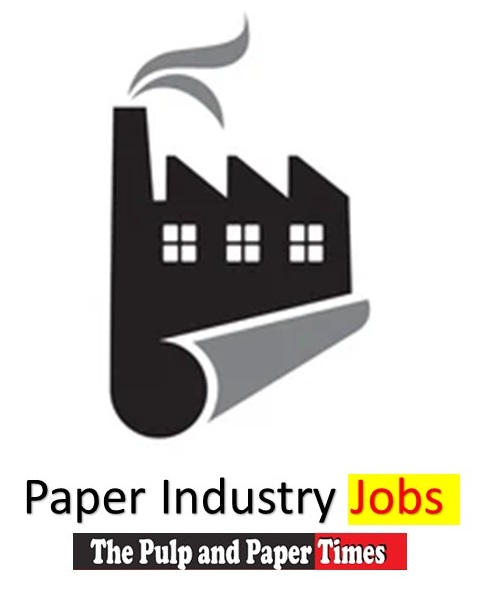 Join Job Channel (View | Submit Jobs)
Join Job Channel (View | Submit Jobs) Join Buy Sell Channel (Free to Submit)
Join Buy Sell Channel (Free to Submit) Paper News Headlines Channel (Free to read)
Paper News Headlines Channel (Free to read)





